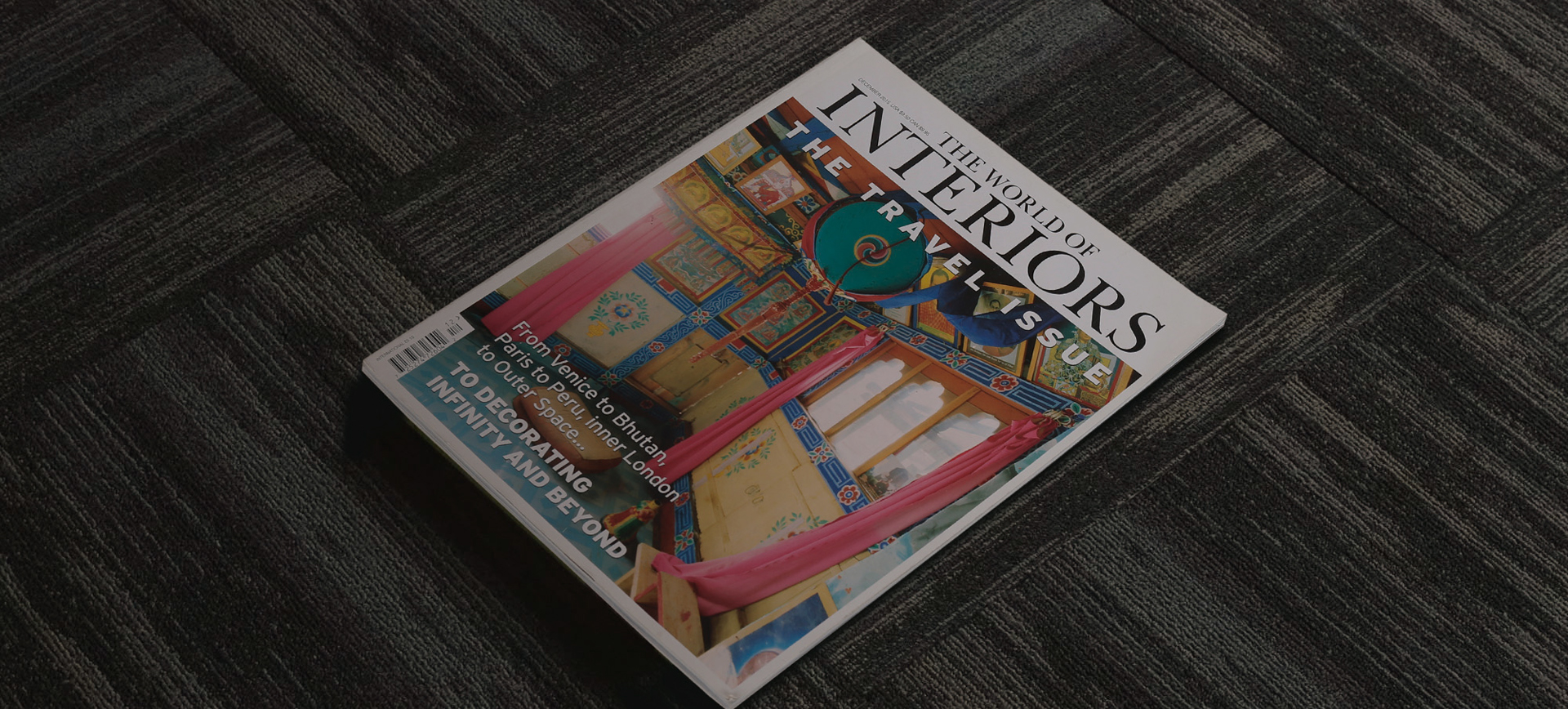Origin of carpet
Carpet is a famous traditional Chinese handicraft. Chinese carpet, has a history of more than two thousand years, famous for handmade carpet, written records can be traced back to more than three thousand years ago, the Tang Dynasty poet Bai Juyi in the "Red carpet" poem has "the earth does not know the cold people should be warm, less seize people's clothes as lichen" the famous sentence, there are physical evidence, there are more than two thousand years. According to literature records, in the Tang and Song dynasties to the Ming and Qing Dynasties, the variety of carpets was more and more. The carpets are often made of cotton, wool, linen and paper rope as raw materials. The woven carpet produced in China uses extremely high strength veil strand yarn as warp and ground weft yarn, and the warp yarn is tied into colored coarse weft yarn according to the pattern to form a pile, and then woven through the process of shearing and brushing. Its front covered with towering plush, solid texture, elasticity and good. In particular, the carpets produced in Hotan, Xinjiang are more precious and have the reputation of "Oriental carpet". The carpets produced there are not only of good quality, but also of large yield. A 1,250kg carpet woven by the New Department of the Great Hall of the People is praised as the "King of carpets". In 1966, a cotton blanket was unearthed in Lanxi, Zhejiang Province. It was 2.51 meters long and 1.18 meters wide. It was plain weave with two sides raised and was smooth and thick. After identification, the material used is grass cotton fiber. This cotton carpet was woven in the Southern Song Dynasty. This is the earliest known cotton blanket. It can be seen that the carpet weaving process has reached a very high level at that time. At present, Xinjiang carpet has gradually promoted the new carpet ironing process, so that the quality of the carpet has been improved. They developed more than 540 and 720 carpets, exquisite workmanship, with high artistic value. It began in the northwest plateau pastoral areas, the local minorities in order to adapt to the needs of nomadic life, the use of local rich wool twist yarn, woven colorful kneeling MATS, carpets and carpets. Due to the joint creation of Uygur, Mongolian and Tibetan people, and the exchange with the Middle East countries through the Silk Road, the excellent ancient Chinese carpet art has gradually formed.
A carpet is made up of different pieces of carpet that can be put together in different patterns. Block carpet laying is convenient and flexible, the position can be changed at any time, on the one hand to the interior design provides greater selectivity, but also to meet the taste of different owners, and the carpet of serious wear can be exchanged at any time, thus extending the service life of the carpet, to achieve both economic and beautiful purposes. Cleverly laying a piece of carpet in the room can often play a finishing effect. A blanket can break the monotony of a large gray floor, and can also distinguish different work areas in the room.
- Prev:Material for blanket material
- Next:Carpet grade


